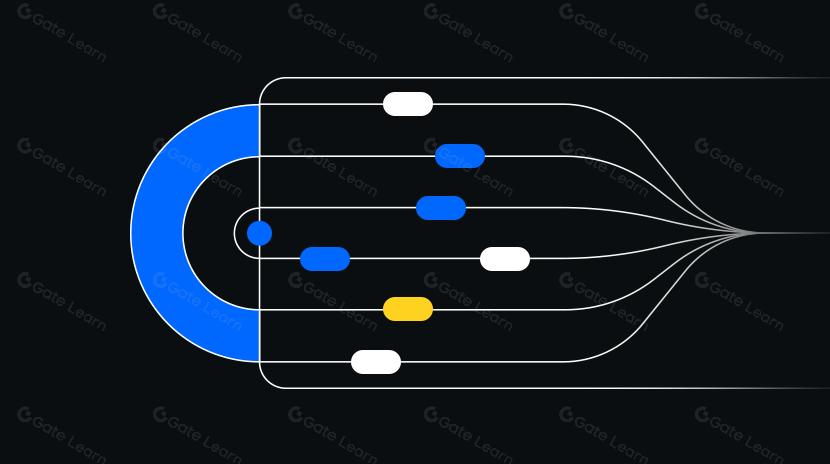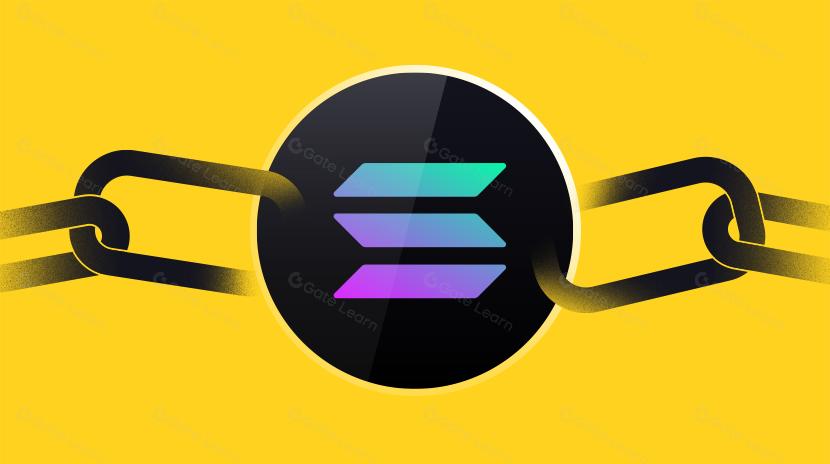what is a transaction fee

Transaction fees are payments made to miners or validators for processing, verifying, and adding transactions to the blockchain. These fees are an essential component of blockchain ecosystems, both preventing network abuse and providing economic incentives for participants who maintain network security. In most blockchains, fees are calculated based on network congestion, transaction complexity, and data size, creating a dynamic pricing mechanism that ensures efficient resource allocation and sustainable network operation.
Key Features of Transaction Fees
Transaction fee mechanisms vary significantly across different blockchains:
-
Bitcoin Network: Fees are based on transaction size (measured in bytes) and network congestion. Users can set higher fees for faster confirmation, creating a fee market.
-
Ethereum Network: Uses a Gas system where each operation has a specific Gas cost. Users set a Gas price (measured in Gwei), and the total fee equals Gas used multiplied by Gas price. Ethereum's EIP-1559 upgrade introduced an automatic base fee burning mechanism, changing the fee structure.
-
Fee Models: Different blockchains employ fixed fees (like Ripple), dynamic fees (like Bitcoin and Ethereum), or feeless models (like EOS and IOTA).
-
Fee Market: During network congestion, a "fee market" forms where transactions with higher fees get priority processing. This mechanism ensures efficient allocation of network resources but can lead to fee spikes during peak periods.
-
Layer 2 Solutions: Scaling technologies like Lightning Network (Bitcoin) and Optimistic Rollups (Ethereum) aim to reduce fees and increase transaction throughput.
Market Impact of Transaction Fees
Transaction fees have multiple implications for cryptocurrency markets and user behavior:
-
High fee periods discourage small-value transactions, pushing users toward alternative chains or delaying non-urgent transactions, affecting overall network activity and liquidity.
-
High fee environments incentivize developers to accelerate scaling solutions such as layer 2 networks, sharding, and sidechains, driving technological innovation across the industry.
-
Fee revenue becomes an important income source for miners and validators, particularly as block rewards diminish (like in Bitcoin), directly affecting the security budget of networks.
-
Fee differentials between blockchains drive cross-chain asset migration, with users choosing networks with lower fees, creating competition between blockchains.
-
Fee mechanism design directly impacts the economic models of blockchains and their ability to capture value in the native token, such as Ethereum's EIP-1559 creating deflationary pressure through base fee burning.
Risks and Challenges of Transaction Fees
Transaction fee mechanisms face several key challenges:
-
Accessibility Challenges: High fees can make small-value transactions economically unfeasible, excluding average users and contradicting blockchain's promise of financial inclusion.
-
User Experience Issues: The complexity of fee estimation makes it difficult for new users to understand concepts like Gas prices and transaction priorities, resulting in overpayment or delayed transactions.
-
Fee Volatility: During network congestion, fees can spike dramatically, making transaction costs unpredictable for users and complicating financial planning.
-
Unsustainability: Security models that rely on fees (like Bitcoin) may face security risks when block rewards significantly decrease, unless transaction volume and fees grow accordingly.
-
MEV (Maximum Extractable Value) Issues: High-fee environments incentivize miners and validators to extract additional value through transaction reordering and sandwich attacks, potentially harming ordinary users.
-
Scaling and Fee Balance: Blockchains face the "impossible triangle" dilemma of achieving decentralization, security, and low-fee high throughput simultaneously.
Transaction fees are a core component of blockchain network economics – not just a cost of usage but a critical mechanism for network security and resource allocation. Understanding how fees work and how they impact network development is essential for blockchain participants. As blockchain technology evolves, more efficient fee models and scaling solutions will continue to emerge, balancing security, decentralization, and usability needs. The evolution of transaction fees will continue to shape the future direction of cryptocurrency ecosystems.
Share
Related Articles

Exploring 8 Major DEX Aggregators: Engines Driving Efficiency and Liquidity in the Crypto Market

The Future of Cross-Chain Bridges: Full-Chain Interoperability Becomes Inevitable, Liquidity Bridges Will Decline
